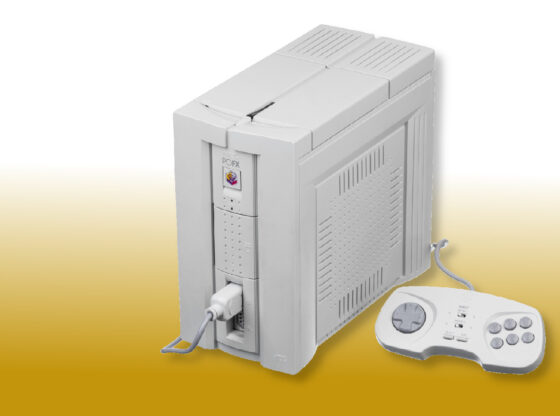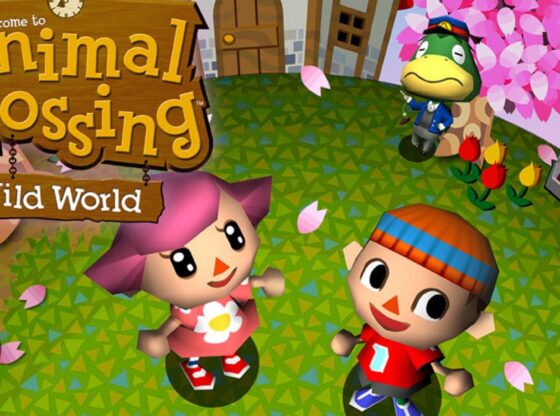Nintendo has a really fascinating history of pedometers, in both the quality of life space with Wii Fit, the more toy space with The Pocket Pikachu and in the game space with the Nintendo 3DS’ Play Coin feature.
In 2016 I started writing a review for Personal Trainer Walking, and in the process I was able to put together an introduction highlighting various ways Nintendo implemented this technology over the years.
However, I realized the game review itself wasn’t that interesting, and to do the history part right, I’d need to invest a lot of money into buying these devices. At the time, I didn’t have much of an income, so I put the article on hold.
There might still be space to do something like this — a quick search online has shows few that cover the broad range of pedometers Nintendo has worked with. So I don’t want to say I’ve completely given up on this idea, but I’d definitely would need to do a lot more research to get it anywhere near where I’d want it to be.
History of Nintendo’s Pedometers (Last Edit: 6/11/2016 4:33pm)
Nintendo’s foray into the Quality of Life Space during the Wii and DS’ life at the time seemed like a strange bid for the company. But looking at their history as a whole, it probably shouldn’t have been all that surprising.
Nintendo is known for building games around strange gadgets and gimmicks. There’s no end to the number of accessories, with cameras, microphones, gyroscopes and so on. They even took some steps into the Health and Fitness industry throughout the 80s and 90s. Nintendo of America pushed the Power Pad and then there’s the Nintendo Exertainment Life Cycle – a Super Nintendo equipped exercise bike. However, over the last Decade, pedometers became sort of an obsession for Nintendo.
The Wii and DS era of Nintendo’s history introduced new consumers who were looking more for wellness software than pure entertainment. The Nintendo DS’ Brain Age: Train your Brain in Minutes A Day targeted mental awareness and efficiency. FlashFocus aimed teach the player how to relax and exercise their eyes.
The Wii was built almost perfectly for the idea of fitness gaming. The Wii Remote, while limited, got players up, moving and sweating, despite a simple flick of the wrist being more than enough, if not more accurate, of a reading. The inkling of the idea of the Wii as a fitness device started in Wii Sports, which features its own Brain Age inspired Fitness Age. But it wasn’t until Wii Fit that the software was completely committed to it.
The Balance Board was the star of WiiFit, even getting his own little Avatar in-game. The addition of a new input device offered way more than what the Wii Remote alone could offer. However, an additional jogging mode ditched the balance board entirely. Instead, it asked the player to jog in place using the WiiRemote to track the player’s movement speed. It was, essentially, a pedometer that was wirelessly tethered to your console.
- http://iwataasks.nintendo.com/interviews/#/ds/pokemon/0/0
- http://tamagotchi.wikia.com/wiki/Deai_Hakken!!_Arukotch
It wasn’t the first time Nintendo messed with technology. Pocket Pikachu was a hit in the late 90s and early 2000s. 1996 saw the introduction of Bandai’s Tamagotchi series of toys. They’re small egg-shaped devices featuring a screen that displayed pets that players would take care of, clean up after and play games with.
The Pocket Pikachu is a similar device featuring the player’s own little Pikachu pet. featured Watts, a currency the player gained by walking with the device. Although, as with any pedometer gamification, can also be achieved by the player just furiously shaking the device. Players can spend Watts on their Pikachu to raise their friendship levels, or gamble the currency away with a slot machine mini-game.
Despite winning a Aside from a colored-screen follow up to the Pocket Pikachu and some third party spin-offs that reused the technology, like the Sakura Walker, Nintendo foray into pedometers essentially ended here.
The Wii and DS fell in love with in the late 2000s and early 2010s. Pokemon returned to the pedometer scene with Pokemon HeartGold and SoulSilver, which featured a Pokewalker players could load a Pokemon onto for bonus items, experience and other goodies for walking. The 3DS has one build into every system, feeding the players a currency to spend across multiple games. But squished between the Pokewalker and the Nintendo 3DS, there was the Activity Meter for Personal Trainer Walking on the Nintendo DS.
Matching more along the lines with the feel of Wii Fit that launched a year before, Personal Trainer Walking is more of a charming exercise software and less of a game. If anything, it’s even less of a game than Wii Fit, which actively interacts with its user, provides visual feedback and even offers silly little mini-games. Personal Trainer Walking is just software you check-in to.










